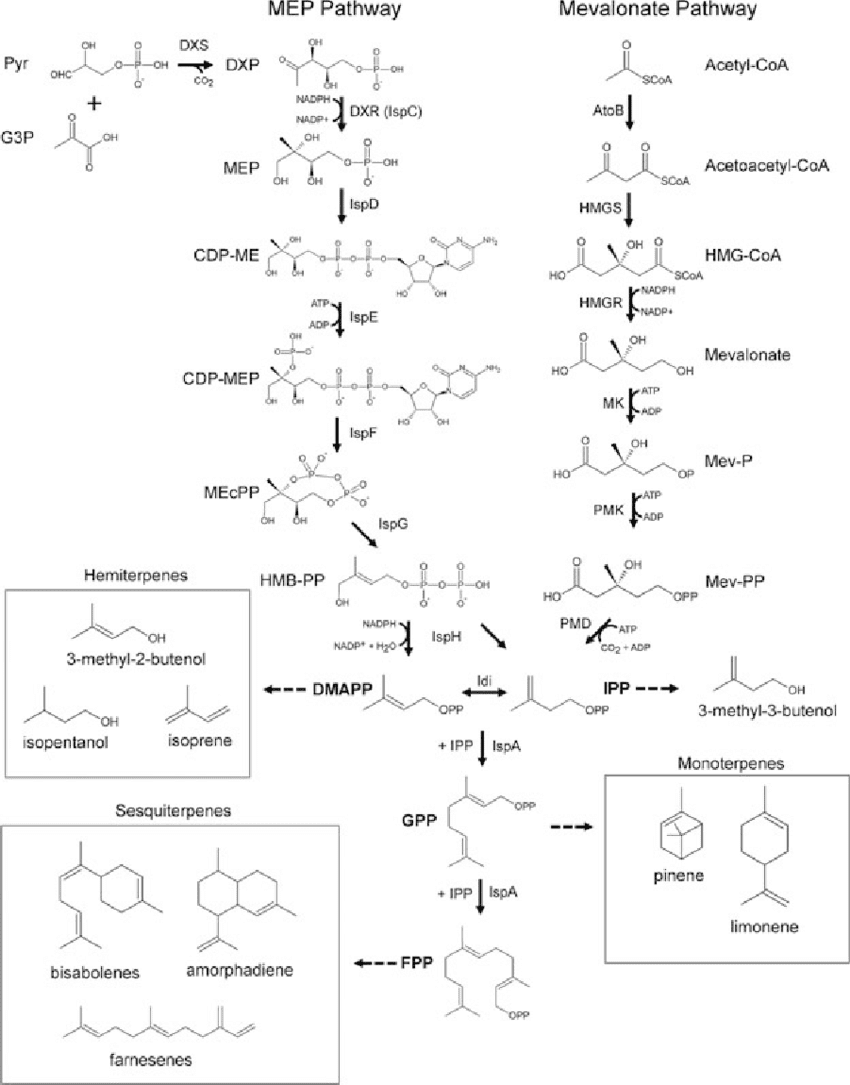
Try this right now

—-Important Message From Our Sponsor—-
This one tip makes men more masculine (and women LOVE it)
I’ve found a way to actually turn things around to my advantage as a man…
A simple method for increasing my natural masculinity that draws women to me like moths to a flame.
So now I have my pick of the gorgeous, sexy, intelligent young women who are sick and tired of the “wimpy” guys their age…
These young women are desperate for a REAL man like me and you to give them the love and protection they secretly crave…
———-
This mushroom makes sex the best you’ve ever experienced
Here’s a story of methane, gut health, oxytocin and men’s “rockiness” — with the best sex you’ll ever experience.
Ready?
So, over the last twenty years it’s been gradually realized that methane is a prime cause of constipation, and of no less importance than opiates in doing so.
The methane-constipation link had first been realized after strong epidemiological evidence to the effect, yet correlation is not causation and nobody knew for certain what had come first:
Does methane cause constipation directly? Or does constipation allow certain bacteria to grow which release methane?

Yet two studies performed in vitro and one in vivo have conclusively shown that methane slows intestinal transit directly.
This does not exclude the other possibility, however, as these two effects are not mutually exclusive.
Constipation may still promote methanogenic bacteria, and the CH4 produced would further increase constipation in a positive-feedback manner creating a vicious cycle.
Not everyone has detectable breath methane levels, but those who do can expect to have slower transit times on average.
This is demonstrated by non-absorbable antibiotics actually INCREASING transit time in constipation predominant IBS…
Which may seem paradoxical to those who thought bacteria could only induce diarrhea.
‘This evidence came from studies showing that methane produced in the digestive tract is absorbed into the bloodstream and exchanged in the lungs; methane can be detected in the breath of approximately one-quarter of the adult human population.’ ―Matarazzo, 2012
Since only certain types of bacteria can produce methane to a significant extent, it might seem a near-certainty that the presence of these would also be correlated to transit time.
And this is exactly what has been found.
The source of methane has been pinpointed down to just one species, Methanobrevibacter smithii, and the degree of its overgrowth has been correlated with constipation:

In this study, nine patients and ten controls had their breath analyzed for methane.
To find out if this correlated with bacterial counts, they had used quantitative PCR to estimate concentrations in stool samples.
Perhaps expectedly, they had found methane producers to excrete a far greater amount of M. smithii than non-producers.
People with detectable breath methane had 56 times more M. smithii on average (note the logarithmic scale used below):

This is substantial, and considering the prevalence of M. smithii you could assume this could account for variability in breath methane between subjects.
To find out if this was true, they had plotted M. smithii counts against breath methane excretion.
Because they’d found a good correlation (r = .76), they concluded that M. smithii is predominantly responsible for methane production in humans.
They also used PCR to quantify other species, and a slightly better correlation was found between M. smithii percentage of total bacteria versus methane excretion (r = .77)
‘Although total bacterial counts did not correlate with methane on breath testing, the percentage of M. smithii was highly correlated with the level of methane on breath test (R = 0.77).’ ―Kim, 2012
They also determined a cutoff point for breath methane, or the amount of overgrowth required to become a problem.
Everyone has M. smithii in their colon, yet only certain types of diets will support overgrowth in the small intestine.
Specifically targeting M. smithii is difficult because it’s resistant to so many antibiotics.
This is because its cell wall is constructed differently than most bacteria, and there are so many other differences in metabolism between them.
In fact: Methanobrevibacter smithii is not technically a bacteria at all, but an archaea.
Archaea belongs to an entirely different phylogenetic domain than bacteria, of which there are only three classifications: bacteria, eukarya, and archaea.
‘Antimicrobial susceptibility patterns clearly distinguish archaea from the other organisms, and antimicrobials active against most bacteria are ineffective against archaea.’ —Kelaifia, 2012
Although antibiotics such as rifaximin and neomycin have successfully improved constipation and lowered methane in IBS patients, there is indication that this effect is indirect.
CO2 + 4H2 ⟶ CH4 + 2H2O ΔG = −130 kJ/mol
Methanobrevibacter smithii derives all its energy from reducing carbon dioxide into methane, using hydrogen…
So lowering H2-producing bacteria will invariably lead to a corresponding decrease in CH4 production.
‘Most archaea inhabiting human surfaces, such as M. smithii and M. oralis, obtain energy for growth only by the reduction of CO2 to methane, and are referred to as obligate CO2-reducing species.’ ―Matarazzo, 2012
But broad-spectrum antibiotics are not ideal because they also kill beneficial bacteria and promote the overgrowth of yeast, such as Candida albicans…
But fortunately M. smithii does have an Achilles’ heel.
It is actually two of them: Methanobrevibacter smithii is an obligate anaerobe and hence is killed by oxygen gas.
Yet this susceptibility isn’t entirely specific to M. smithii because O2 kills all anaerobic bacteria, though this is not necessarily a bad thing.
Nonetheless, oxygen releasing compounds such as sodium percarbonate have been shown to increase the ratio of aerobic to anaerobic bacteria in the intestinal tract.
So intestinal oxygenation using supplements should work, and because some intestinal oxygen naturally comes from the blood then exercise should also help.
A more specific strategy is targeting the unique cell wall of M. smithii, which is made of prenylated lipids instead of the more common fatty acid glycerides.
This unique cell wall makes archaea uniquely dependent on isoprene metabolism, the building blocks of prenylated lipids.
And moreover, they use a different pathway of isoprene synthesis.
Bacteria and fungi use the methylerythritol phosphate (MEP) as the starting molecule to isoprene, whereas mammals and archaea use mevalonate.

This fact makes archaea uniquely susceptible to statins, of all things, which are inhibitors of HMG-CoA reductase.
Bacteria and fungi do not have this enzyme so they’re completely immune to it.
This may sound bizarre and perhaps only theoretical, but there is actually a good amount of evidence of this working:

This review summarizes the basic science behind archaea and reports salient experimental findings…
Such as the elimination of M. smithii by lovastatin in cow rumens while leaving other bacteria alone.
Lovastatin has also been shown to lower: M. smithii counts in rat small intestine, methane production in human stools, and constipation in humans without influencing cholesterol levels.
‘Statins can inhibit archaeal cell membrane biosynthesis without affecting bacterial numbers as demonstrated in livestock and humans.’ ―Gottlieb, 2015
Lovastatin is a natural statin originally isolated from Aspergillus terreus in 1979, but other sources have been found since within numerous edible mushrooms.
The highest concentration has been detected in oyster mushrooms, Pleurotus ostreatus, where it can range up to 2.8% dry weight .
It has also been reported in Cordyceps sinensis at 0.14% and also in Agaricus bisporus, the common portobello, at a concentration of 0.057% dry weight.
There’s also evidence that eating high amounts of dry oyster mushrooms can lower serum cholesterol in rodents.
But at 4% of the diet this is a bit excessive.
Mushrooms lose 9⁄10 of their weight when dried, so the 4% that were fed actually represents 40% with fresh mushrooms.
And you wouldn’t necessarily even want to lower cholesterol, an important steroid that’s not truly a prime cause of cardiovascular disease.
Cholesterol on arterial walls is only a symptom, not a cause, and it’s deposited on damaged arterial walls along with Lp(a) simply as a repairative measure.
High blood pressure and low vitamin C are among the things which actually cause the damage.
Yet statins can ironically actually cause heart failure after chronic use in high doses, though not by reducing cholesterol but by inhibiting the synthesis of coenzyme Q.
Coenzyme Q is also made of isoprene units, a fact barely mentioned when speaking of statins.
So it’s imperative to supplement when taking Rx statins or eating pounds of fresh mushrooms per day.

Yet M. smithii levels can be lowered with lovastatin in concentrations which don’t inhibit cholesterol as a time-release capsule.
And you’d think more of what’s contained in mushrooms would tend to stay within the digestive tract.
So even though statins are given out unnecessarily on the basis of bad science, and can also cause heart failure upon chronic use…
This treatment class does have a rational use only to be discovered decades later.
‘Observational studies show a strong association between delayed intestinal transit and the production of methane.’ ―Gottlieb, 2015
Lovastatin has been shown to: (1) specifically target M. smithii, (2) lower methane, and (3) reduce constipation in over a dozen scientific experiments.
Plus it raises oxytocin — which is fantastic for the best sex you’ve ever experienced.
There’s no reason to doubt that a few common mushroom species can do likewise, and since high-dose mushrooms lower cholesterol in guinea pigs you know the lovastatin is bioavailable.
—-Important Message for Men Who Are Constipated—-
This cleans bad bacteria out of your gut, colon, and male member
My new protocol cleans men’s organs out, even their male organ.
And the result is much better gut health and easier bowel movements…
And even much better, more reliable rockiness!
For a limited time, I’m letting men try it for free.
Clean Organ Protocol just for men — click to try
———-

Kim, Gene. "Methanobrevibacter smithii is the predominant methanogen in patients with constipation-predominant IBS and methane on breath." Digestive diseases and sciences (2012) http://hmphanmi.com.cn/hmp/upload/event/study_6/5.pdf
Hedderich, Reiner. "Physiology and biochemistry of the methane-producing Archaea." The Prokaryotes: Prokaryotic Physiology and Biochemistry (2013) https://link.springer.com/content/pdf/10.1007/978-3-642-30141-4_81.pdf
Gottlieb, K. "Review article: inhibition of methanogenic archaea by statins as a targeted management strategy for constipation and related disorders." Alimentary pharmacology & therapeutics (2016) https://onlinelibrary.wiley.com/doi/pdf/10.1111/apt.13469
